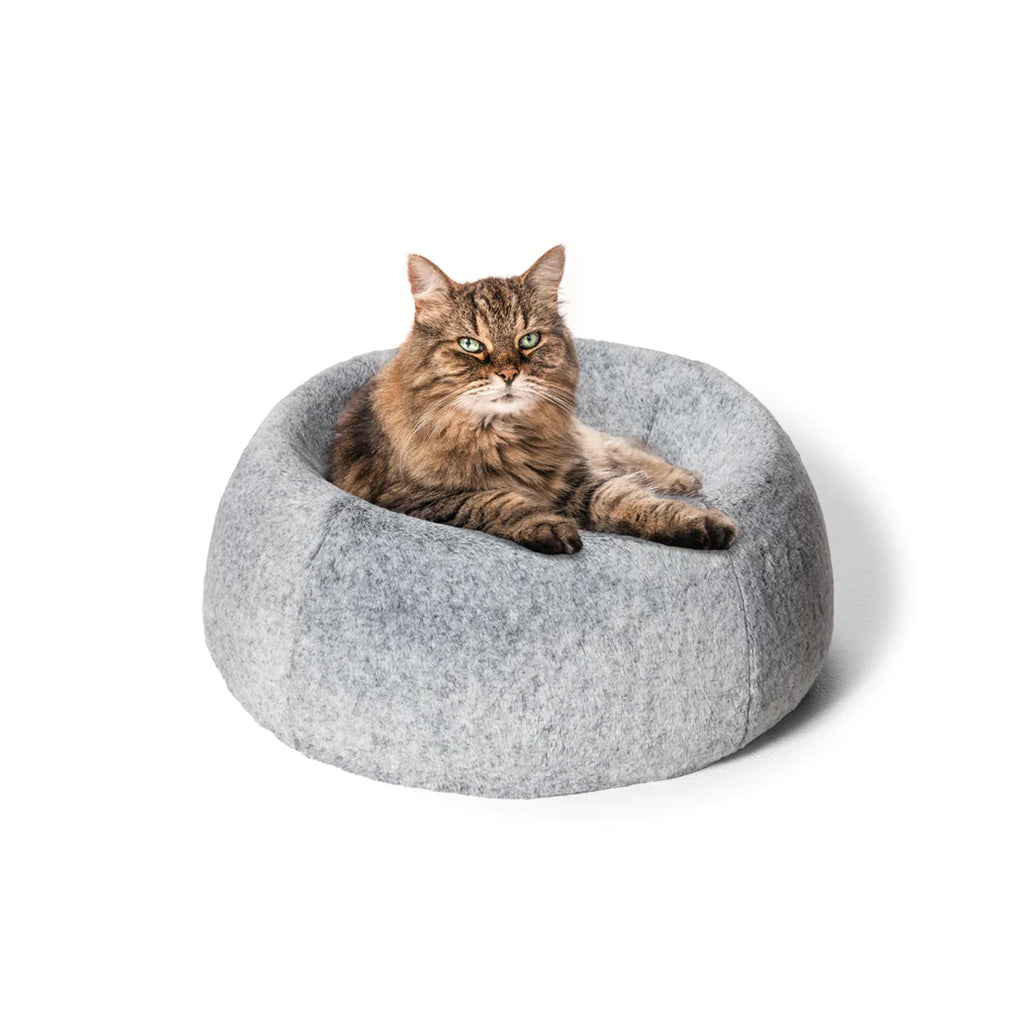Finding an ideal pet bed might be a delightful yet daunting task for any pet owner. With a wide range of options to choose from, ranging from plush cushions to orthopedic models, each pup has individual needs that can influence their comfort and well-being. Since pets dedicate a considerable portion of their lives sleeping, choosing a bed that caters to their particular requirements is crucial for their overall happiness and health.
In this guide, we will discuss the various factors to consider when choosing a pet bed for your furry friend. If your pup has joint pain, enjoys a cozy enclosed space, or needs a heat-retaining option for those cold winter nights, understanding their sleeping habits and preferences is crucial. We'll look at the distinctions between materials, styles, and functionalities to help you make an informed decision that provides your pet has the most comfortable rest possible.
Selecting the Ideal Fabric for Your Pet Bedding
As choosing the perfect pet bed, the material is a vital factor to consider. Diverse materials offer multiple benefits that can cater to the particular needs of your beloved friend. For example, memory foam is known for providing exceptional comfort and support, particularly for older pets or those with joint issues. It molds to your pet's body form, ensuring uniform weight distribution and relieving pressure points. On the other hand, traditional foam or polyester-filled beds may be more cost-effective but could lack the necessary support for pets with special requirements.
Longevity is another significant aspect to consider about when choosing bed materials. If you have a biter or excavator, opt for beds made from durable, chew-resistant fabrics. Look for beds with reinforced seams and premium stitching to endure rigorous usage. Additionally, think about water-resistant materials if you have a puppy or an incontinent pet, as these will help safeguard the bed from liquid and odors, extending its lifespan.
Lastly, if your pet has allergies or sensitivities, hypoallergenic materials can significantly help. Beds made from organic cotton, bamboo, or certified hypoallergenic fabrics can help minimize the risk of allergy reactions. It's also wise to choose beds with removable, machine-washable covers to ensure a hygienic sleeping environment for your pet. Overall, understanding the unique needs of your pet will guide you in selecting the right bed material.
Understanding Your Pet's Resting Preferences
Every pet has its unique sleeping preferences that can significantly impact the type of bed that will offer them with the utmost comfort. Observing your pet’s slumbering position can offer important indicators. For example, dogs that curl up into a ball may prefer beds that have a raised edge or bolster, which can offer them with a sense of security. On the other hand, pets that prefer to stretch out might appreciate flatter beds that give more space. Grasping these tendencies can help narrow down your choices and ensure that your furry friend has restorative rest.
Another factor to consider is your pet’s personality and behavior. Some pets are inherently more anxious and may prefer covered beds that give them with a cozy den-like environment. Others may appreciate the freedom of a flat bed or a donut-style bed. Pay attention to where your pet enjoys to sleep and their favorite positions, as this can lead you toward the right bed that meets their comfort and security needs.
In conclusion, environmental factors are important in your pet’s sleep preferences. If your environment tends to be warm or cold, you might need to think about beds that feature heating or cooling features, respectively. For example, heated pet beds are ideal for older pets or those with arthritis, while cooling beds can help regulate the body warmth of pets in high-temperature climates. Considering these preferences into account can result in a pet bed that not only facilitates restful sleep but also improves your pet's overall well-being.
Taking care of & Maintaining Your pet's Bed
Routine cleaning and cleaning of your pet's bed are crucial to provide a clean place to sleep for your pet. Depending on the kind of bed, you should follow the producer's guidelines for cleaning and care. For washable beds, aim to maintain them at least once a month to eliminate grime, hair, and allergens. For beds that can't be washed, regular spot treatment and vacuuming will assist keep the bed fresh and sterile.
Examining your pet's bed for damage is also vital. Check for any signs of wear, such as tears in the material or loss of shape of the cushioning, which can affect your pet's satisfaction and support. If you see any significant damage, it may be time to consider a replacement. For beds made for specific needs, like orthopedic or cooling properties, making sure they still offer that comfort is essential for your pet’s happiness.

Finally, consider the location of the bed when it relates to maintenance. Positioning the bed in a neat and designated area can help reduce grime and waste accumulation. If https://thepetstandard.com.au/collections/brand-snooza tends to shed a lot or has a tendency to create messes, using a washable bed cover can make maintenance much easier. Maintaining your pet's bed clean and in good condition will not only enhance their well-being but also prolong the longevity of the bed it.
